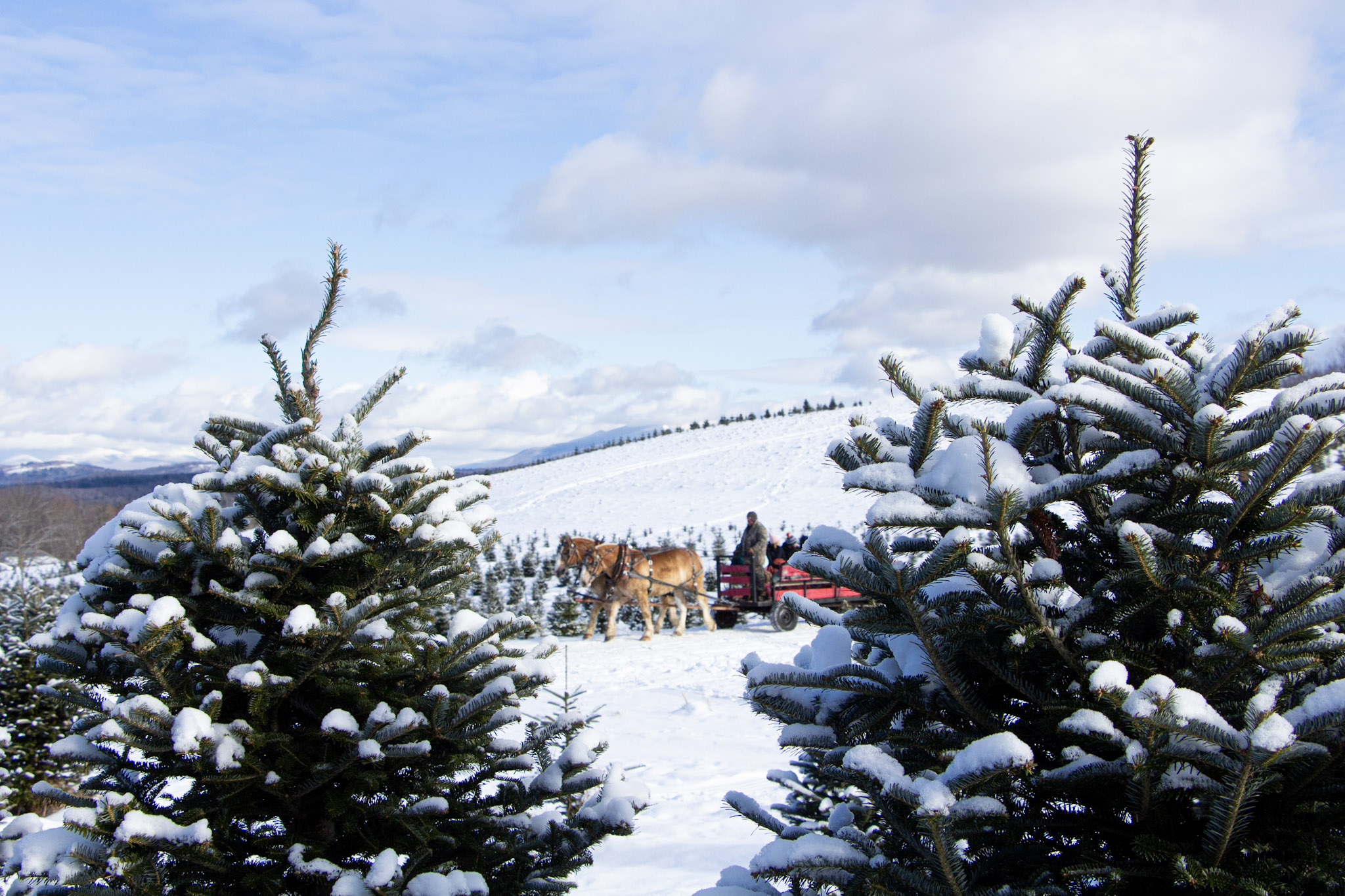Looks like rain. It's been a while since it rained without an accompanying threat of sleet or snow. After months of Arctic weather, plain old rain seems exotic. Spring rains hasten snowmelt – replenishing groundwater and recharging aquifers. Small brooks roar from the uplands, swelling rivers and filling wetlands as floodwaters fan across the lowlands.
But I'm not thinking about all the water. I'm just hurrying home from work, distracted by the news on the car radio. My nerves are jangled with the stress of world events and the daily grind of "to-do" lists. I step away from my car in the twilight and I'm astonished…
Suddenly, a shrill "peee-eep – peee-eep – peee-eep!"
The chorus stops me dead – the first peepers this year. They've returned to the marsh just as they have for thousands of years. Spring is finally here – 10,000 tiny frogs cannot be wrong !
Spring peepers, along with wood frogs and spotted salamanders, are an antidote to my overdose on network news. These tiny, impassive creatures bring news from other quarters . They are enduring guides that annually proclaim that all New Hampshire lies somewhere between the edge of the woods and the water's edge – suspended each spring between winter and summer.
Wood frogs and spotted salamanders are woodland creatures that return to water to breed in "vernal pools," small, temporary, fish-less pools of water that form during and after the snowmelt. In the woods, these pools form in hollows, often beneath red maples or hemlocks
. They are the only breeding habitat for two, seldom-seen species of mole salamanders – spotted salamanders and Jefferson salamanders – and the more common wood frogs. When spring rains last into the evening, amphibian instinct compels a mass migration of wood frogs and salamanders to their natal vernal pools.
Small, chocolate-brown male wood frogs return to vernal pools first and begin calling night and day to establish tiny territories and attract females. Have you heard a pool of wood frogs? Their chorus sounds like quacking ducks that quiet as you approach. If you stand perfectly still, the chorus may resume. When the larger, copper-brown female wood frogs arrive, a frenzy of explosive breeding ensues. Fertilization of the eggs takes place as a mass of frog eggs is extruded, absorbs water, and expands. Under optimal conditions, the entire breeding season lasts less than a week. Then, adults return to the surrounding woods, leaving their eggs behind.
Spotted salamanders are more secretive and silent. Their courtship takes place at night during a rain when a "congress" of males gathers in a vernal pool. Each male deposits a tiny packet of genetic material called a "spermatophore" at the bottom of the pool. Females swimming near the surface are nudged and spun by the circling males. In response, females swim to the bottom and take up one or more of the packets. How the females select a mate is random. It's as if any male who successfully completes the journey to the vernal pool is a contender.
Salamander egg masses are usually smaller than wood frog egg masses and are typically attached to submerged vegetation well beneath the water's surface. In contrast, wood frog eggs typically float at the surface in a loose, jelly-mass attached to twigs or branches of emergent shrubs. Surface ice may form on chilly nights, killing the outermost layer of frog embryos in the egg mass.
Ice is just the one of many perils for the tiny frog tadpoles and salamander larva left to fend for themselves in a vernal pool. The juveniles must hatch and develop quickly before the pools dry up in June. Fortunately, the tiny tadpoles grow quickly on a rich diet of algae and insect protein, including mosquito larvae. The young frogs and salamanders often become prey themselves for hungry turtles, green frogs, red-spotted newts and even predacious beetles and caddis fly larvae, which also live in vernal pools.
As the larval salamanders grow larger, they re-absorb feathery external gills and grow tiny legs to carry them up to a quarter mile into surrounding forest where they live life underground as terrestrial adults. Wood frog tadpoles re-absorb their tails and sprout long legs to travel as much as a half-mile from their watery nursery to live in the leaf litter of the surrounding woods.
In subsequent years, they return as adults to water only to breed. How do the frogs and salamanders navigate to and from their ancestral vernal pools? The answer remains a mystery. Studies suggest their ability to sense direction using undisturbed local landmarks and the earth's magnetic fields. They migrate at night, often during rainstorms – risking all to cross busy roads in the process.
The pace of modern life is rapid. Once-rural landscapes now support more businesses, homes, roads, cars, people and pets. There are fewer unbroken tracts of forest and wetlands, and the seasonal migration of vernal pool-dwellers becomes more perilous.
With all that has so recently changed, how do any of us find our way safely back to the sacred places of our youth and innocence? In the face of change and uncertainty, I believe it's spiritually important to stop to listen to the spring chorus of wood frogs and peepers or to watch the courtship dance of the spotted salamanders. Perhaps they can help to remind us where we live and help us to find our way home.
Naturalist Dave Anderson is the director of education for the Forest Society.
